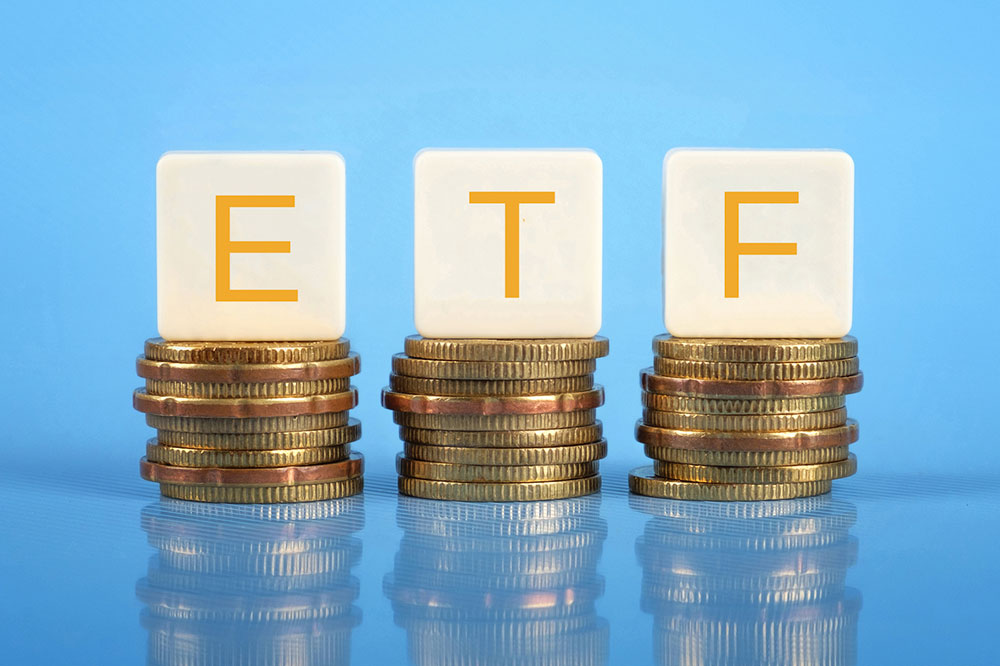A Comprehensive Guide to Exchange-Traded Funds and Mutual Funds for Intelligent Investment Decisions
This comprehensive guide explores the differences, benefits, and considerations of ETFs and mutual funds, helping investors make better-informed decisions. Understanding these investment vehicles can enhance diversification, reduce risk, and optimize long-term returns, suitable for both beginners and experienced investors seeking strategic portfolio management.

Mastering Investment Options: A Deep Dive into ETFs and Mutual Funds for Smarter Portfolio Management
Optimizing Investment Strategies with ETFs and Mutual Funds In the diverse world of investing, diversification remains a cornerstone principle for building resilient portfolios. Many investors recognize the importance of spreading assets across different classes, yet translating this wisdom into practice can be challenging. A significant portion of investors, approximately 17%, prefer stocks for their potential long-term growth, while others might prioritize real estate or cash savings, often due to perceived risks or ease of access. Nonetheless, comprehensive research consistently demonstrates that stocks tend to outperform cash holdings and property investments over extended periods, fostering greater wealth accumulation. To implement effective diversification, savvy investors increasingly turn to exchange-traded funds (ETFs) and mutual funds, two powerful financial instruments that facilitate broad exposure to various asset classes while simplifying portfolio management and enabling strategic positioning.
Delve into the essential aspects of ETFs and mutual funds, understanding their structural differences, benefits, and key considerations to enhance your investment approach.
What are Exchange-Traded Funds (ETFs)?
ETFs are investment funds that hold a diversified basket of assets, such as stocks, bonds, commodities, or even currencies, and are traded on stock exchanges like individual shares, offering liquidity and flexibility.
Unlike traditional mutual funds, ETFs undergo real-time trading throughout market hours, with prices fluctuating based on supply and demand dynamics.
They typically track specific indices, sectors, or commodities, allowing investors to target particular themes or market segments with ease.
Ownership stakes are represented through shares, which can be bought or sold via brokerage accounts, making ETF investing accessible even to retail investors.
Leading institutional investors, known as authorized participants (APs), manage ETF creation and redemption processes to regulate share issuance and withdrawal, helping maintain price stability.
Both ETF shares and their underlying assets are actively traded, which usually keeps market prices aligned closely with their net asset value (NAV).
Advantages of Investing in ETFs
The flexibility to buy or sell ETF shares at any point during trading hours provides investors with agility to respond to market movements.
ETFs generally feature lower expense ratios compared to mutual funds, often with no sales commissions, thereby reducing overall investment costs.
Tax efficiency is a significant benefit, as ETFs usually generate fewer capital gains distributions, allowing investors to retain more of their earnings.
Their stock-like structure supports complex trading strategies, including stop-loss orders, limit orders, and margin trading, catering to more active investors.
Potential Drawbacks of ETFs
Frequent trading can incur transaction costs, which may diminish net returns for highly active traders.
Tracking errors—differences between ETF performance and the underlying index—may arise due to liquidity constraints or management inefficiencies.
Smaller or less liquid ETFs pose higher risks related to liquidity shortages and price discrepancies.
Understanding Mutual Funds
Mutual funds aggregate money from multiple investors to purchase a diversified array of securities, helping spread risk across various asset classes like stocks, bonds, and other instruments.
Returns or losses are shared proportionally based on each investor’s stake, with expenses such as management fees deducted to cover operational costs.
Investing in mutual funds reduces individual stock risk through broad diversification, making them suitable for conservative or novice investors seeking steady growth.
Advantages of Mutual Funds for Investors
The investment process is straightforward, often requiring only an understanding of personal risk tolerance and financial goals, making mutual funds accessible to beginners.
Professional fund managers handle portfolio management, providing strategic asset allocation without the need for individual market expertise.
Diversification within mutual funds minimizes the impact of any single security’s poor performance, smoothing overall portfolio volatility.
Cost-efficiency is achieved through pooled resources and economies of scale, often resulting in lower management fees and expense ratios compared to self-managed portfolios.
Choosing Between ETFs and Mutual Funds: Making the Right Choice
The decision between ETFs and mutual funds depends heavily on individual investment objectives, risk appetite, and management preferences.
ETFs are favored for their low costs, liquidity, and trading flexibility, suitable for investors who prefer active trading and real-time responsiveness.
Mutual funds excel in offering comprehensive diversification, professional management, and suitability for long-term, buy-and-hold strategies.
Considering factors such as investment horizon, cost sensitivity, tax implications, and personal investing style is crucial to making an informed choice.
Overall, integrating ETFs and mutual funds into your investment strategy can significantly enhance diversification, reduce risk, and improve overall portfolio performance. Whether you seek the flexibility of ETFs or the stability of mutual funds, understanding their unique features will help you forge a smarter, more resilient investment pathway tailored to your financial goals.




